Peru Protesters Vow To Make Voices Heard As March Looms
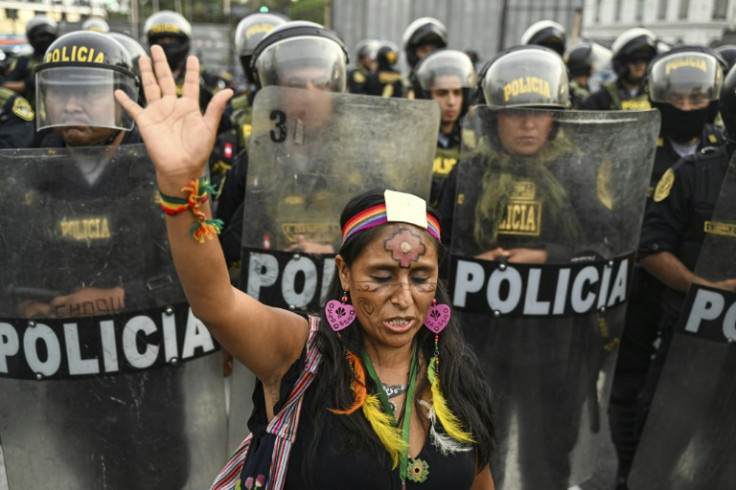
Protesters from all over Peru continued converging on Lima on Wednesday determined to make their voices heard during two days of planned protests against the government of President Dina Boluarte.
The South American country has been rocked by over five weeks of deadly protests since the ouster and arrest of her predecessor Pedro Castillo in early December.
At least 42 people have died in clashes between protesters and security forces, largely in the country's south and east, according to Peru's human rights ombudsman.
The mass demonstrations will call for Boluarte to resign, the dissolution of parliament and fresh elections, while counterprotests already underway reject those demands, a sign of divisions wracking the country.
"We are coming to make our voices heard. We are tremendously forgotten," villager Edwin Condori, 43, from the Cusco region, told AFP.
Thousands of protesters from rural areas are descending on Lima this week to keep up pressure against the government, often defying a state of emergency declared to try to maintain order.
With tensions mounting, many poor and Indigenous demonstrators were already making their presence felt Tuesday in the capital, where police used smoke canisters against marchers who gathered ahead of the larger mobilizations.
On Tuesday, Boluarte urged protesters flooding into Lima to gather "peacefully and calmly."
Peru's General Confederation of Workers has called a strike on Thursday.
"We want Dina Boluarte's resignation. We don't feel that she represents us," said Jesus Gomez.
"We have come in an origanized way to take over Lima, to paralyze Lima, to be heard," added Gomez, an agricultural engineer from Chumbivilcas in the Cusco region.
But the president warned protesters that "the rule of law cannot be hostage to the whims" of a single group of people.
Demonstrators from all over Peru have arranged to meet in the capital to protest together, but despite various announcements, it is still difficult to determine how many people will arrive in Lima.
By Tuesday afternoon, dozens of people were already marching through Lima's streets to Plaza San Martin, the historic epicenter of demonstrations.
"Dina Boluarte should leave because she does not represent the coast, the mountains, or the jungle," said teacher Edith Calixto, 45 from the Andes.
Residents of the northern city of Cajamarca carried signs that read "National Insurgency." Some held "rondero" whips of the type used by local patrols in rural areas.
"Dina, please, resign so that this town calms down because the town is not going to give up," Antonia Riveros, a 55-year-old native of Huancavelica, said.
Meanwhile a "march for peace" was also underway in Lima, with dozens of members from community groups and political parties wearing white T-shirts in rejection of the protests against Boluarte.
"We do not want violence in our country. I know that now there is a group that disagrees with the current government, but nevertheless it is not the way to carry out protest," 56-year-old merchant Cesar Noa told AFP.
Protesters have maintained almost 100 roadblocks in several parts of Peru.
Security forces cleared one roadblock on the Panamericana Norte highway early Tuesday morning. Boluarte said others would be dismantled soon.
President Castillo was removed from office and arrested on December 7, after attempting to dissolve the country's legislature and rule by decree, amid multiple corruption investigations.
Boluarte, who was Castillo's vice president, succeeded him. But despite Boluarte belonging to the same left-wing party, Castillo supporters have rejected her, even accusing her of being a "traitor."
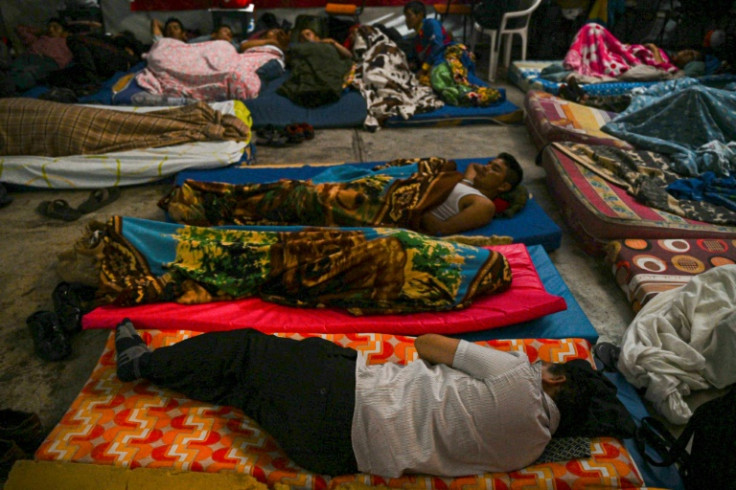
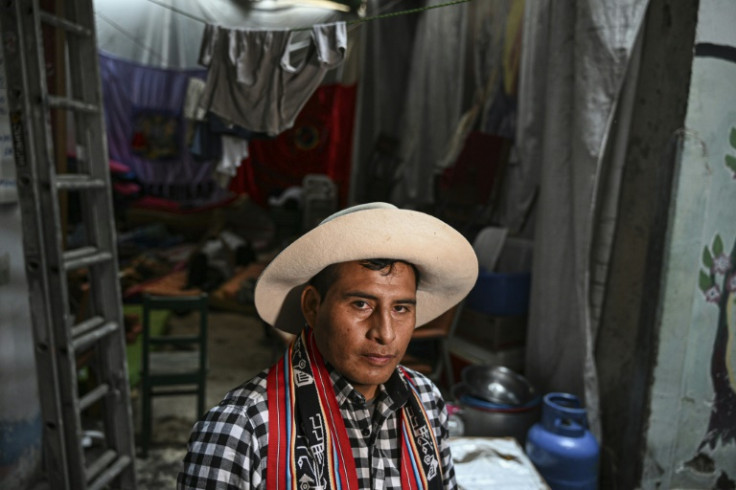
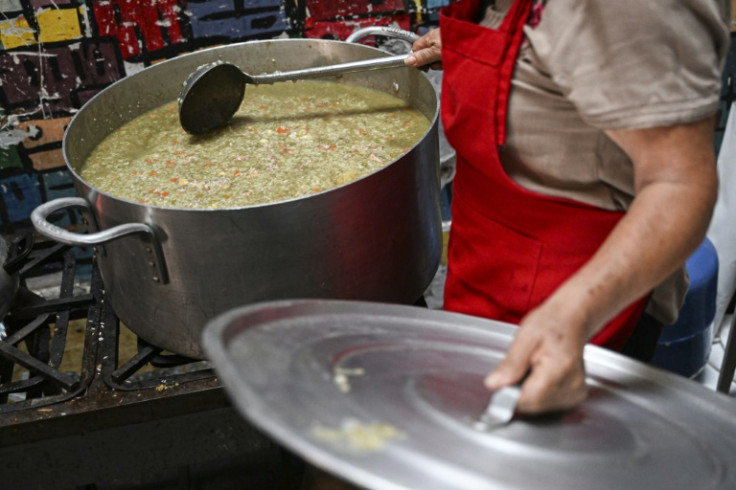
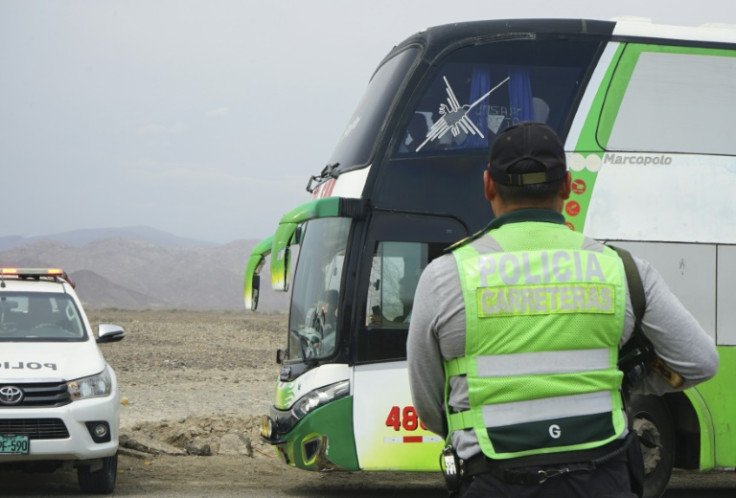
© Copyright AFP 2024. All rights reserved.





















